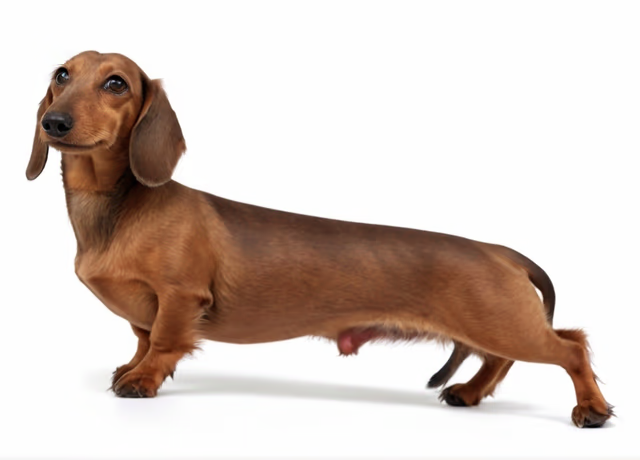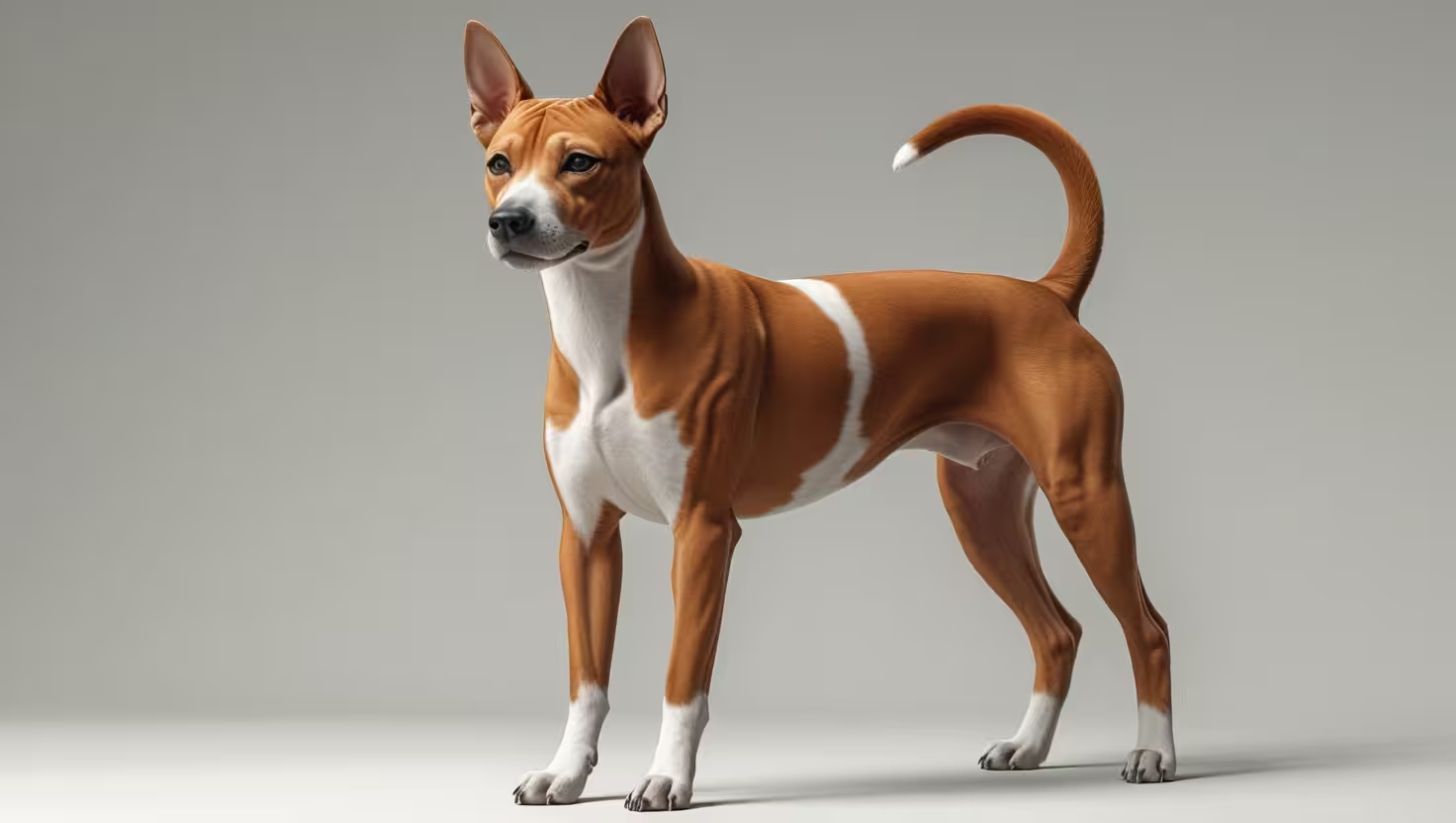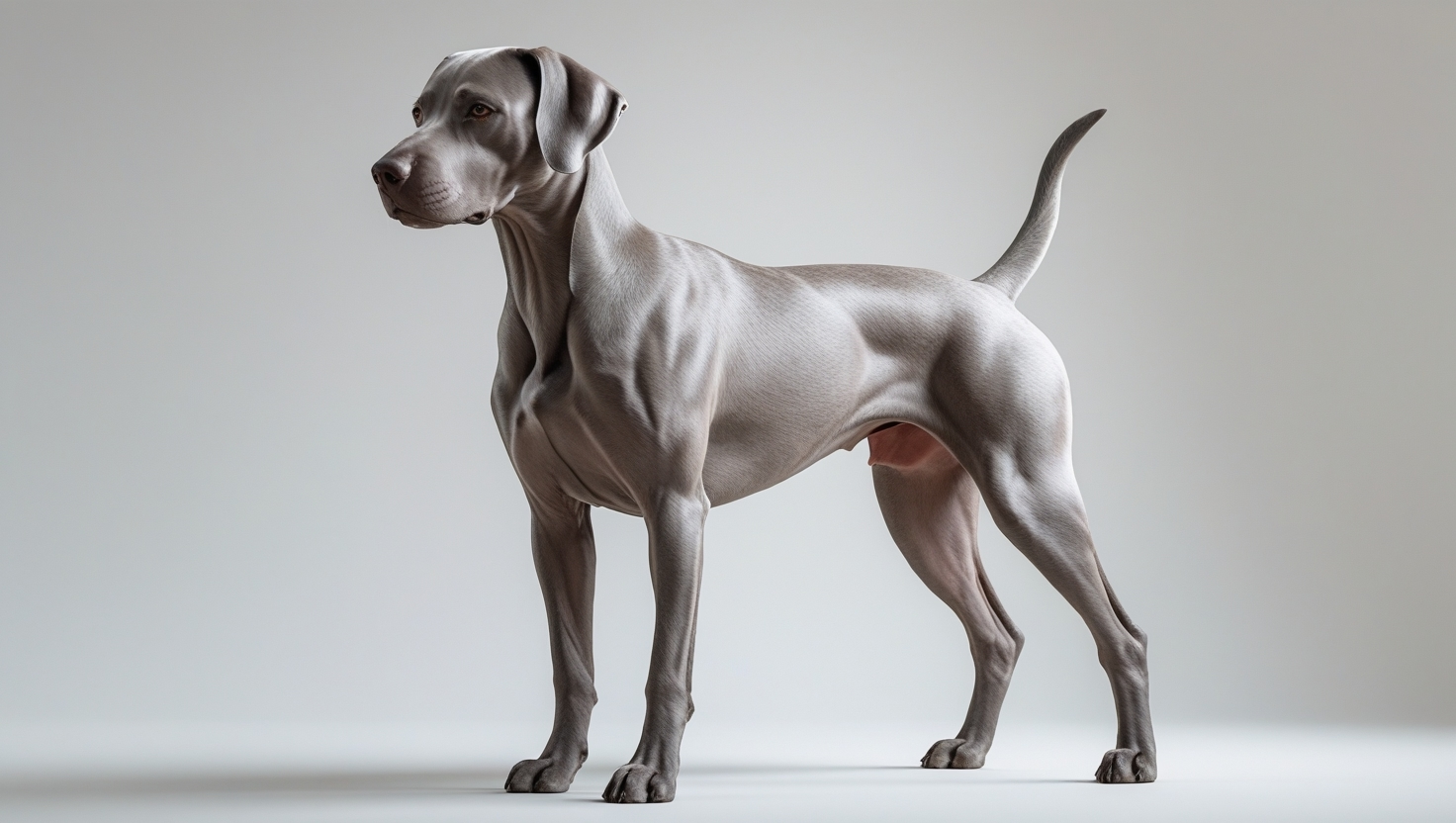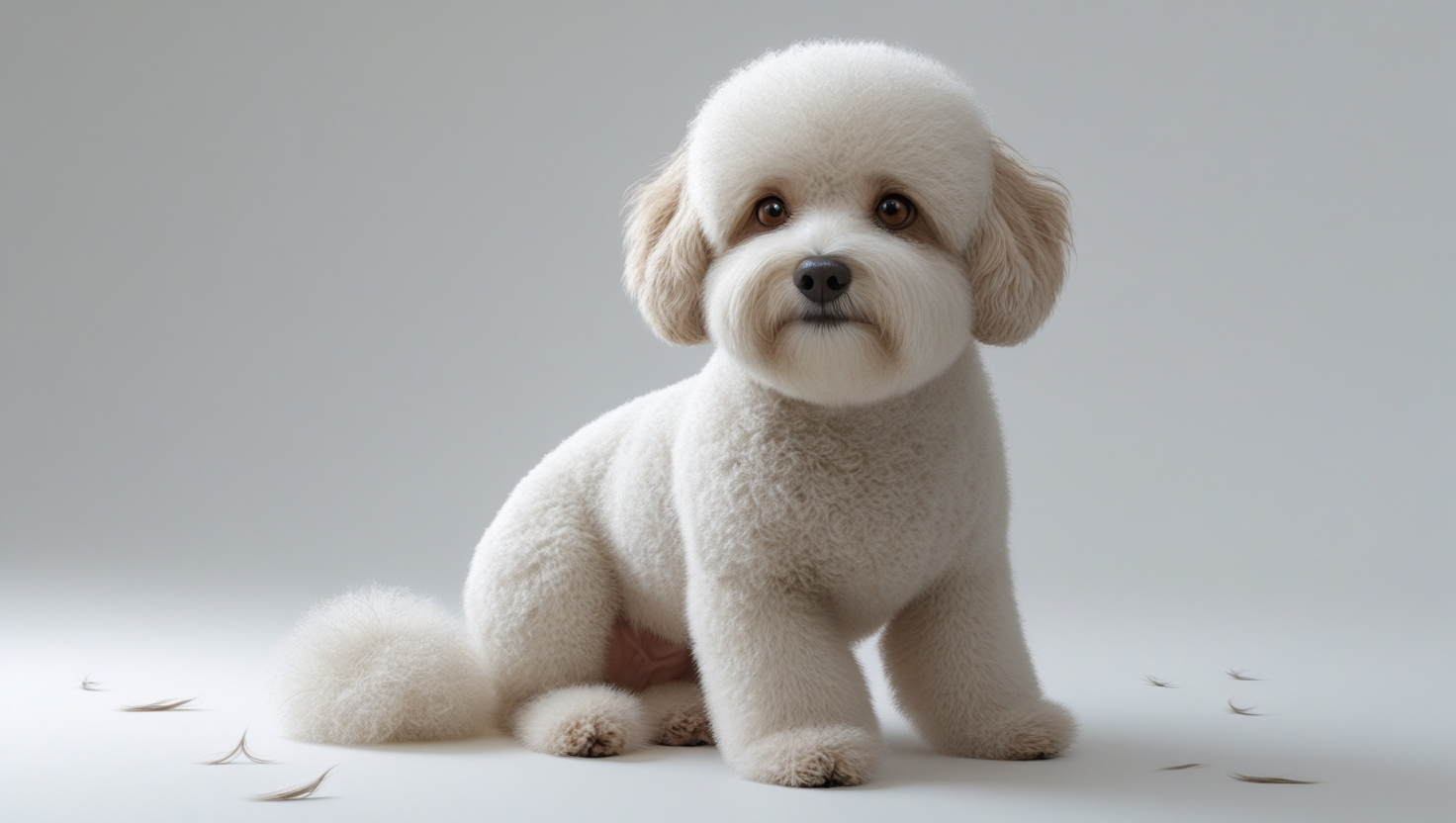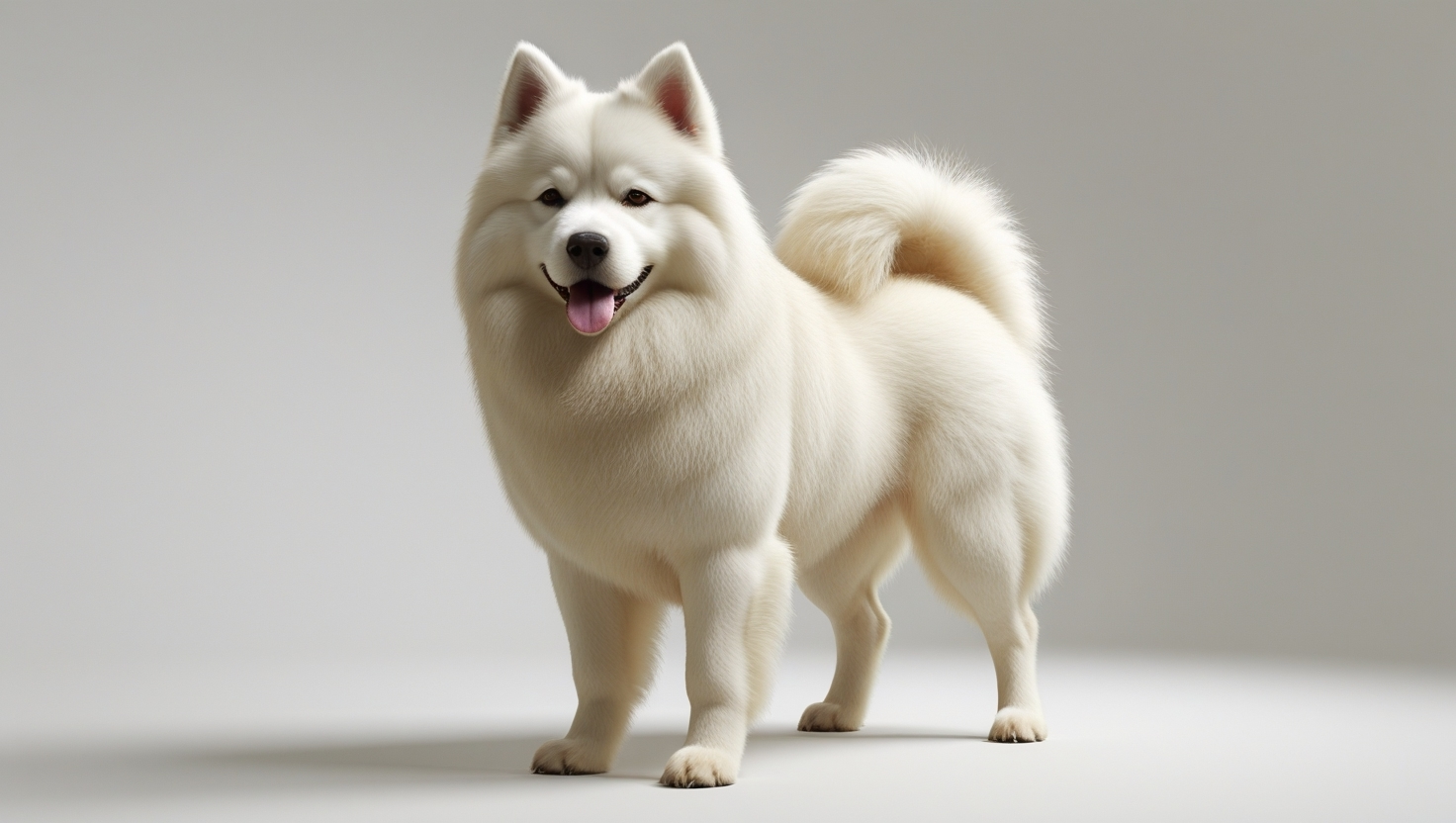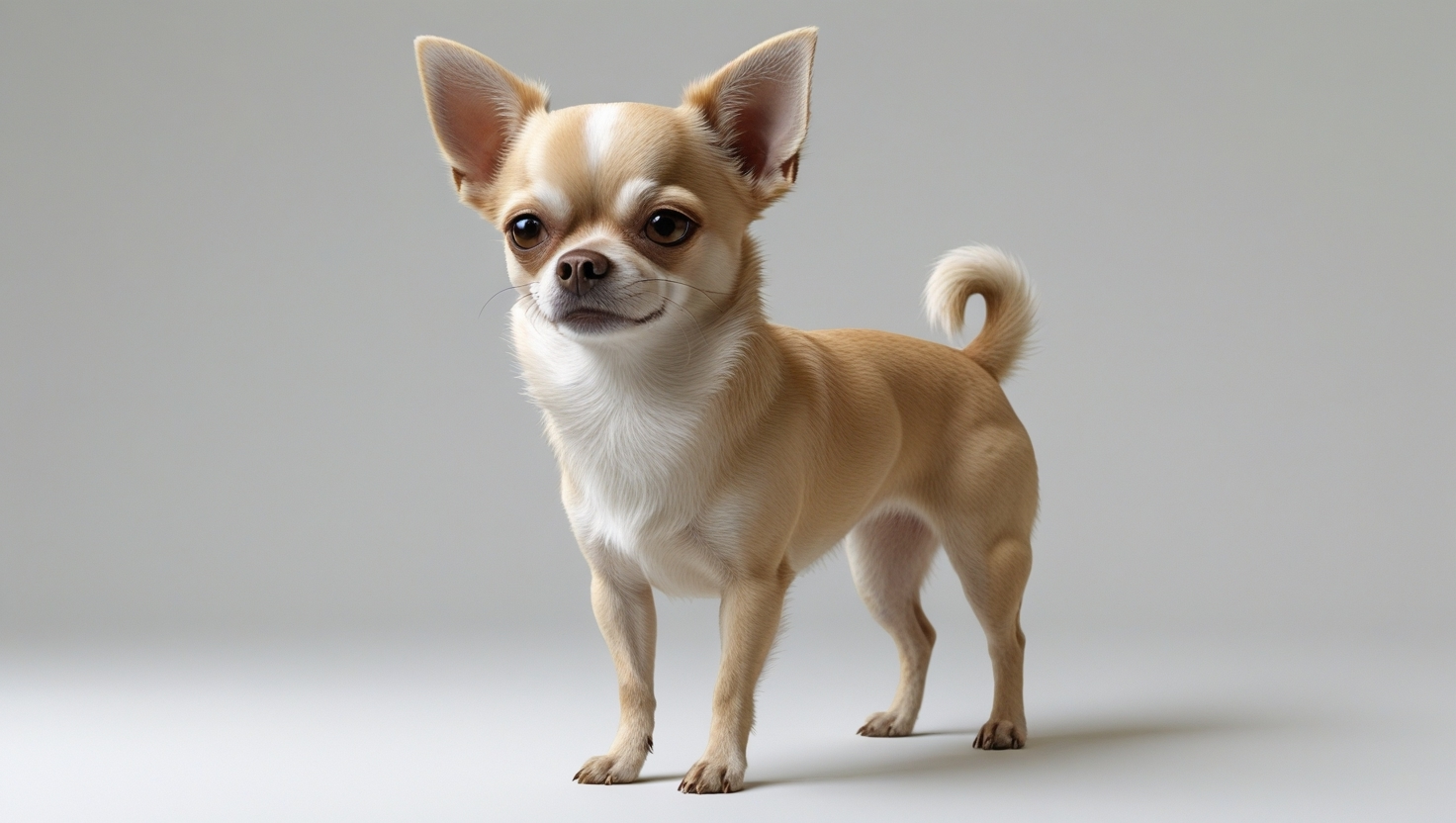The Dachshund, also known as the “sausage dog,” is a dog that wins everyone over with its cuteness. Its long body and floppy ears go hand in hand with a big, energetic personality. Despite being small, it has a unique way of grabbing attention.
These dogs are smart and have a charming stubborn streak that adds to their appeal. Loyal and courageous, they’re always ready to play or, sometimes, get into a bit of trouble. But deep down, they just want to be close to those they love.
Whether you already have a Dachshund or are thinking about adopting one, this article is for you. Keep reading to learn more about this delightful breed, from its characteristics to the essential care needed to ensure a happy and healthy life for your furry friend!


